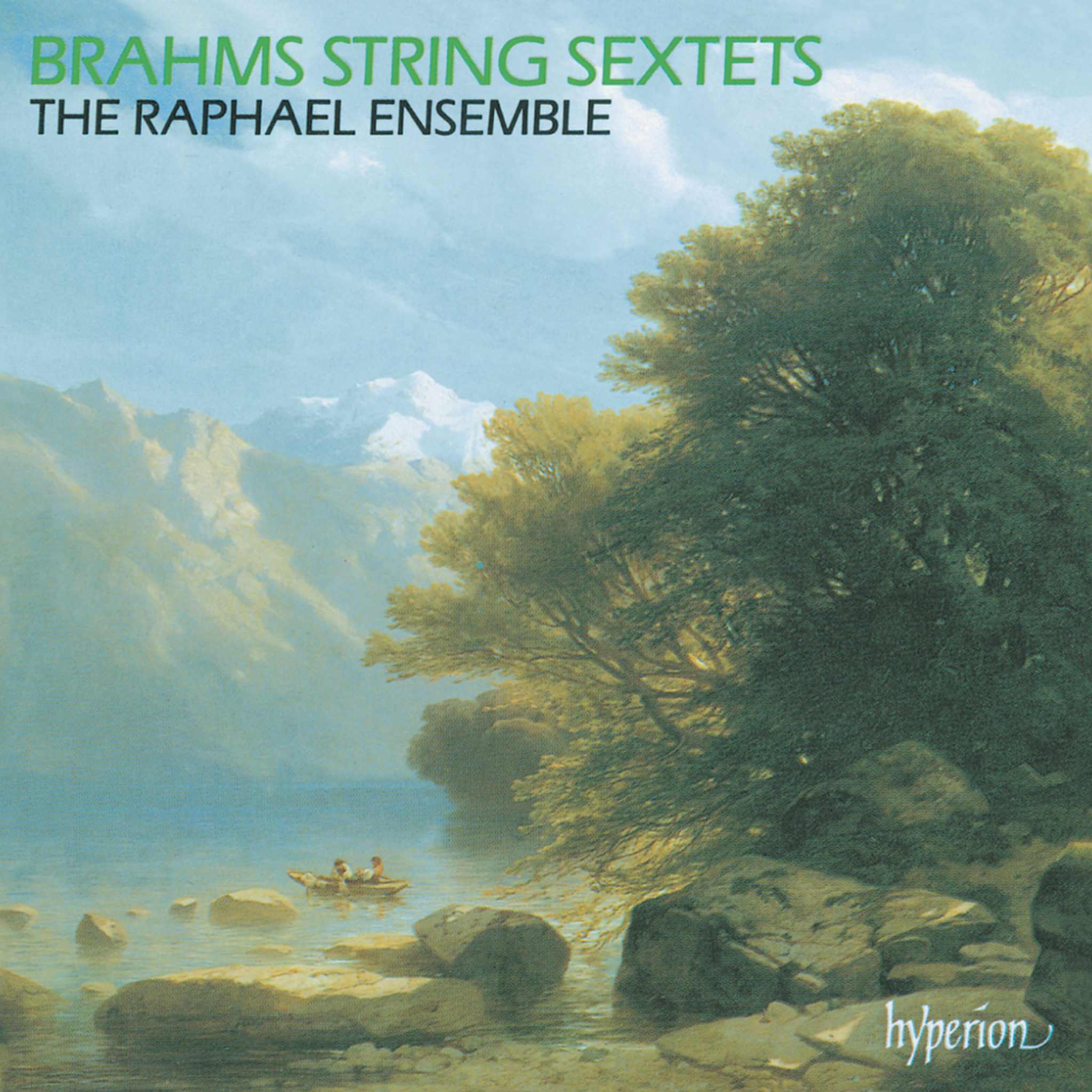Album insights
Joaquín Turina managed to achieve a successful synthesis between the French school of the early 20th century and Andalusian folklore in his works, particularly in classical chamber music genres, marking a remarkable feat given the absence of predecessors in Spain who attempted such national identity expression through chamber music.
Born in Sevilla, the heart of Andalusia, Turina faced parental expectations for a stable profession like medicine but ultimately secured permission to pursue music, revealing his talent under the guidance of the Cathedral's music director. Challenges for a Spanish composer at that time included endeavors within the Spanish opera scene, with Turina's opera "La sulamita" receiving mixed reception without significant commercial success.
The allure of Paris's dynamic music scene drew Turina in 1905, where he embraced both Spanish traditions and Debussy's radical aesthetics, a pivotal moment coming when Albéniz and de Falla advised him to adhere to his Andalusian heritage in his compositions. This advice sparked a prolific period, positioning Turina as a leading Spanish composer of the early 20th century.
Returning to Madrid in 1913 post-studies at Schola Cantorum, Turina established connections and garnered acclaim with works strongly referencing Spain and Andalusia. Turina’s influence extended beyond Madrid as he directed the Ballets Russes orchestra in 16 Spanish cities, embodying a prominent figure in the "Silver Age," contributing significantly to its cultural renaissance.
Political uncertainties emerged in Spain in 1931, leading to the Spanish Civil War and the dissolution of the “Silver Age.” Turina navigated these turbulent times, eventually resuming his esteemed position post-war and receiving high recognition across Spain before his passing in 1949.
Turina's unique composition style arose from diverse influences, notably his training in Paris and the imperative of embracing his Spanish identity, as advised by Albéniz and de Falla. Addressing this shift in an academic setting, Turina emphasized how harmony, melody, and form evolve, defining a nation's music through time.
Analyzing specific works like the Piano Quartet in A minor, the Second Violin Sonata in G major, and pieces like “Escena andaluza” and the “Prayer of the Bullfighter,” we witness Turina's adept fusion of academic training from Paris and native folk inspirations, crafting a distinct Spanish musical identity. Turina's creative navigation of these influences showcased a deep engagement with Andalusian themes, elevating his compositions uniquely.





